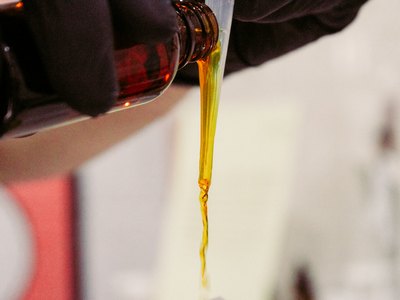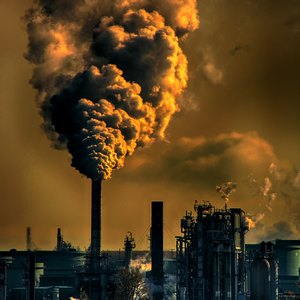Chemical Resistance – Testing Durability Against Chemicals
Chemical resistance or fluids susceptibility, generally describes the resistance of materials to the effects of chemicals. In contrast to corrosion, there is no material removal, which is particularly typical for plastics and elastomers.
The test is performed by dipping the test specimen into the chemical or by dripping, brushing, spraying or wiping the chemical onto the test specimen. After a defined exposure time and temperature, the surface is cleaned of the test chemical and inspected for visual changes such as discoloration, cracking, blistering, softening or similar. Upon customer request, we also ship the test specimens uncleaned.

- RTCA DO-160G, Sect. 11.0, fluids susceptibility
- DIN ISO 16750-5
- MIL-STD-810G
- DIN SPEC 79009
- DIN EN ISO 846
- DIN EN 60068
- VW TL 82421 resistance to agents
- VW 50180
- Airbus ABD0100.1.6 4.8 fluids susceptibility
- DIN EN 60 068-2-45 Dipping in liquid detergents
- BMW GS 95003-5
- ISO 2812 Part 1: Immersion in liquids other than water
- customized: resistance to aqueous media
These are tests that investigate the extent to which different materials are resistant to the effects of chemical substances, or how long they can withstand their influence before losing their functionality.
Chemical resistance is defined here as the ability of a material to resist destruction processes triggered by reactions between the environment and the surface. Unlike corrosion, there is no material removal here. However, corrosion can be a consequence of a lack of chemical resistance if the material is exposed to chemical processes. This can lead to fracture of the material in the further course and thus has a decisive share in the service life of the product.
When determining the resistance of a material/material, one divides into three classes:
A: chemically resistant
B: limited chemical resistant
C: chemically unstable.
Class A - chemically resistant
The material retains unchanged its mechanical, physical and chemical properties regardless of the duration and intensity of exposure to certain chemical substances. (However, this is rarely encountered in practice; therefore, materials are often referred to as "chemically resistant" if they withstand exposure over an extended period of time, especially beyond the general life of the product).
Class B - limited chemical resistant
The material retains its mechanical, physical and chemical properties for a certain period of time. This period determines the suitability of a material for certain applications (influence of chemical substances).
Class C - chemically unstable
The material loses its mechanical, physical and chemical properties (it "degrades") within a short period of time, which makes it unsuitable for certain applications (influences of chemical substances).
Resistance to chemicals is an important prerequisite to ensure compatibility under the conditions of use of a product. Very often in practice, this involves compatibility with certain cleaning or care/lubrication agents. For this purpose, the product must be in contact with various aggressive cleaning agents and solvents, greases or oils. For products that come into contact with users, this also involves the application of body fluids (sweat, saliva, blood, urine) or cosmetic care products. In other environments, it is about the compatibility of surfaces with food particles (e.g. coffee, tea, sauce, ketchup, etc.).
Lack of consistency can show itself in different ways. In plastics, for example, it often leads to swelling or softening of the material, which is regularly caused by diffusion, in which molecules of the acting chemical substance push themselves between the polymer chains and thus bring about the change. The effect of the ambient temperature also plays a significant role, which is why it must be included in the test procedures to a significant extent.
In metals, chain degradation can occur (oxidative degradation) or stress cracking can occur, which under stress can expand into crack networks.
In the case of glass, a high level of resistance can usually be assumed, but even here, instabilities can occur, which can usually be measured in material erosion. For glass, a distinction is made between "water resistance", "acid resistance" and "alkali resistance".
In many cases, immersion tests are used, whereby the objects in the test chamber are fully exposed to the acting media.
To determine the stress cracking resistance, the ESC test (Environmental Stress Cracking) is applied. The tests analyze, among others, for the following possible changes in the material under test:
- Softening
- Swelling
- Discoloration
- Gloss level change
- Coating detachment
- Bubble formation




